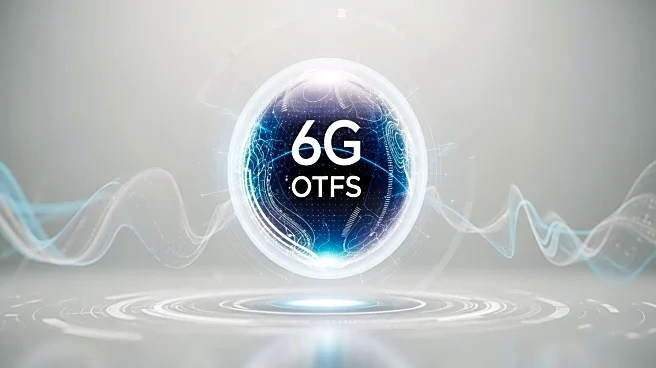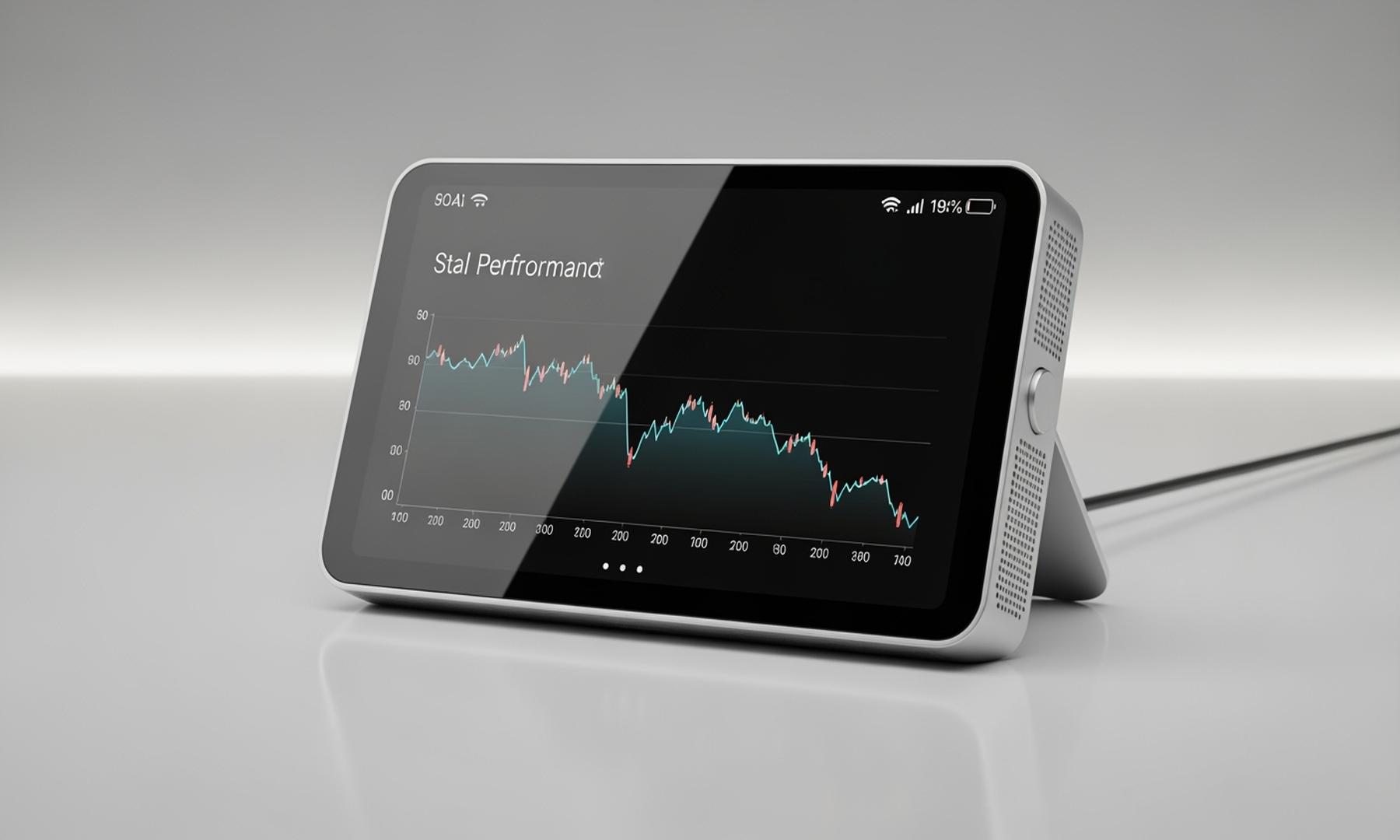What's Happening?
Cohere Technologies has launched Pulsone Technology, aiming to integrate orthogonal time frequency space (OTFS) into the 6G standard. This move is part of Cohere's strategy to enhance integrated sensing
and communication (ISAC) capabilities, which could transform networks into sophisticated radars. The company claims OTFS offers superior resolution and target tracking compared to existing technologies. Cohere's efforts are supported by major telecom operators and investors, including Intel Capital.
Why It's Important?
Cohere's introduction of Pulsone Technology could significantly impact the telecommunications industry by offering an alternative to the widely used orthogonal frequency division multiplexing (OFDM). If successful, OTFS could improve network efficiency and open new applications in areas like factory automation and self-driving cars. The technology's potential military applications also highlight its strategic importance. However, adoption faces challenges from established industry players and standards bodies.
What's Next?
Cohere's Pulsone Technology will be demonstrated at Nvidia's GTC conference, showcasing its capabilities. The company is also exploring partnerships with defense contractors like Lockheed Martin, which could accelerate adoption in military applications. The industry's response to Pulsone will determine its integration into future 6G standards and its commercial viability.
Beyond the Headlines
The development of OTFS by Cohere could lead to a shift in the telecommunications landscape, challenging the dominance of OFDM. This technological evolution may prompt other companies to innovate, potentially leading to a more competitive market. The involvement of defense sectors underscores the dual-use nature of the technology, which could influence regulatory and policy decisions.












